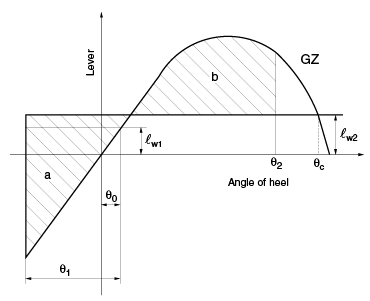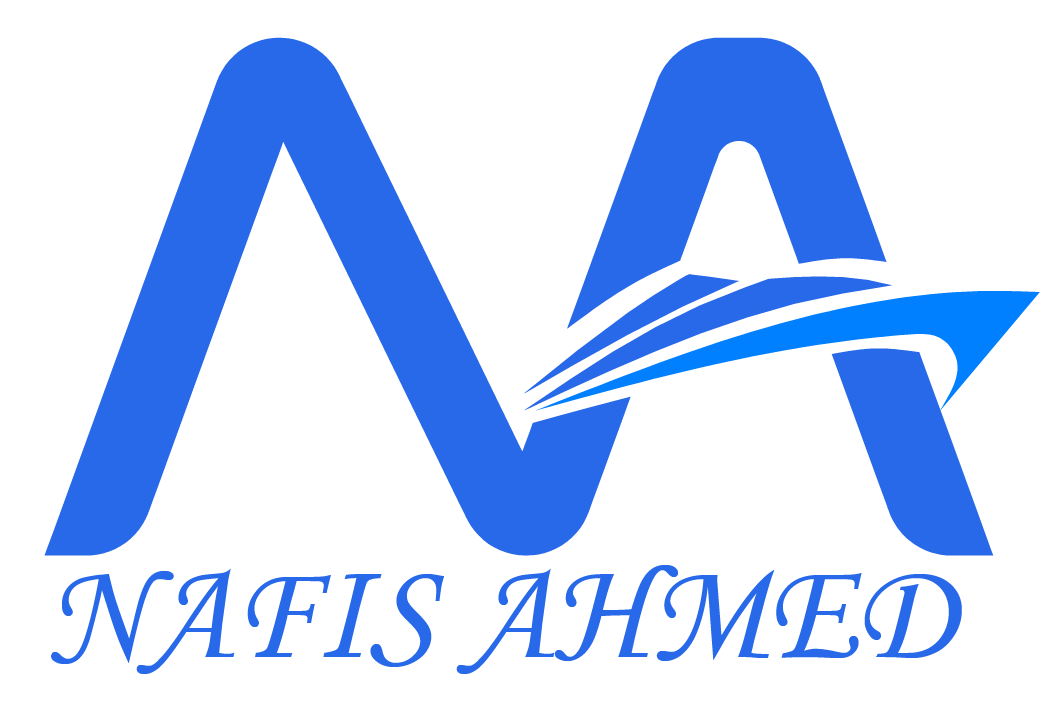
If you’ve ever watched a ship tilt in the waves and then gracefully straighten itself, you’ve witnessed marine stability in action. It might look effortless, but behind that movement is a world of calculation, engineering, and international regulations.
At the heart of it all is something called IMO Stability Criteria — a global set of rules designed to make sure ships don’t just float, but stay upright in real conditions. So let’s unpack it, one wave at a time.
Why Stability is a Big Deal
Picture this: You’re standing on a crowded bus that suddenly takes a sharp turn. You lean, recover, and maybe laugh it off. Now imagine a ship doing the same — only the stakes are a whole lot higher.
A ship’s stability is what allows it to handle wind, waves, cargo shifts, or even an uneven fuel load. It’s what keeps the vessel from rolling too far and capsizing. It’s not just important — it’s essential. That’s why the International Maritime Organization (IMO) created global stability standards every ship must meet before heading out to sea.
Understanding the Basics
When naval architects like us design a ship, we’re constantly asking: Can it handle a tilt and return safely? That ability is measured in part by the GZ curve — a graph that shows how much righting force (like a balancing push) a ship has at different tilt angles.
The IMO’s stability criteria are essentially rules about that curve — how steep, how wide, and how strong it needs to be.
Let’s look at the core requirements (don’t worry — no equations, just the idea):
The Core IMO Criteria – Translated for Real Life
🔸 Righting Energy from 0–30° must be ≥ 0.055 m·rad
Think of this as your ship’s “bounce-back” power when it starts tilting.
🔸 Righting Energy from 0–40° (or flooding angle) must be ≥ 0.09 m·rad
This one checks how strong that bounce is when things get more serious.
🔸 Righting Arm (GZ) at 30° must be ≥ 0.20 m
The bigger the GZ at this angle, the more resistance the ship can offer against capsizing.
🔸 The peak of the GZ curve should happen at an angle of at least 25°
We want the ship to keep gaining stability strength as it tilts — not lose it too early.
🔸 Initial GM (Metacentric Height) must be ≥ 0.15 m
This is the ship’s “natural balance.” Too low and it feels shaky. Too high and it gets stiff and snappy in motion. IMO wants it at a healthy middle ground.
How It Feels – A Simple Analogy
Imagine standing on three things:
- A yoga ball — it shifts with every move (low GM)
- A concrete floor — stable, but exhausting over time (high GM)
- A padded gym mat — soft, supportive, balanced (just right!)
Ships aim for that mat-like stability: responsive, but secure.
Not Just Theory – Why It Matters
History has taught us harsh lessons. Ships like the Herald of Free Enterprise and Costa Concordia capsized not just from human error, but from stability failures — doors left open, ballast mishandled, hulls breached.
These disasters led to tighter IMO standards, especially in how ships are tested not just during design, but during actual operations.
Did You Know?
The Titanic, iconic as it was, probably wouldn’t make the cut under modern IMO stability rules. Its metacentric height was too low, and its subdivision couldn’t handle progressive flooding. Design has come a long way — and that’s no accident.
Final Thoughts
Stability might not be the flashiest part of ship design, but it’s the foundation of everything else. Without it, even the most beautiful ship is just a floating risk.
The IMO’s criteria give us a global rulebook that helps shipbuilders, regulators, and seafarers speak the same language — one built on physics, experience, and the ultimate goal: safety at sea. So next time you look at a vessel calmly slicing through rough water, remember — there’s a smart mix of engineering, regulation, and human effort keeping it on course.
